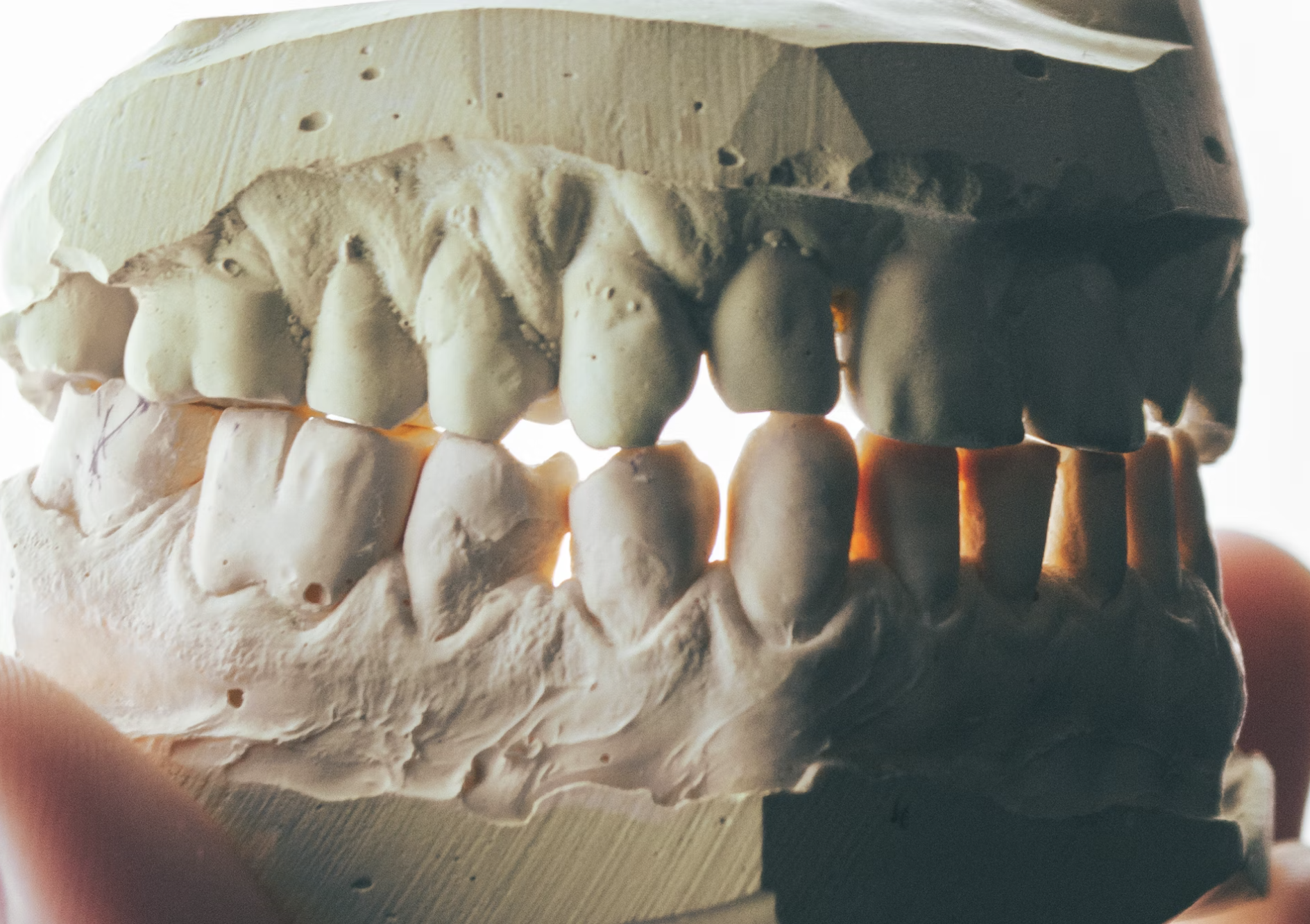A broken tooth can be a distressing experience, both aesthetically and functionally. Whether the damage is due to trauma, decay, or biting into something hard, it’s crucial to address it promptly to prevent further complications. There are various treatment options available for repairing broken teeth, each tailored to the severity and location of the break. This essay explores these options, detailing the processes, benefits, and considerations to help individuals understand their choices.
Immediate Steps to Take After Breaking a Tooth
Assess the Damage
The first step is to assess the severity of the break. Minor chips might not cause pain, but larger breaks can expose the tooth’s inner layers, leading to sensitivity and discomfort.
Preserve the Broken Piece
If possible, try to recover any pieces of the broken tooth. Rinse them gently with water and store them in a container with milk or saliva to keep them moist until you can see a dentist.
Rinse Your Mouth
Rinse your mouth with warm water to clean the area and reduce the risk of infection. If there’s any bleeding, apply gentle pressure with a clean cloth or gauze.
Pain Management
Over-the-counter pain relievers can help manage discomfort. Avoid chewing with the damaged tooth and stick to soft foods until you see a dentist.
Dental Treatments for Broken Teeth
Dental Bonding
Dental bonding is a common method for repairing minor chips and cracks. This procedure uses a tooth-colored resin material to restore the tooth’s appearance and function.
Process:
- Preparation: The dentist prepares the tooth by roughening the surface and applying a conditioning liquid to help the bonding material adhere.
- Application: The resin is applied, molded, and shaped to match the natural contour of the tooth.
- Curing: A special light is used to harden the material.
- Finishing: The bonded tooth is polished to blend seamlessly with the surrounding teeth.
Benefits:
- Quick and Painless: The procedure is usually completed in one visit without anesthesia.
- Cost-Effective: Bonding is less expensive than other cosmetic treatments.
- Natural Appearance: The resin can be color-matched to the surrounding teeth.
Considerations:
- Durability: Bonding materials are not as strong as natural teeth and may chip or stain over time.
- Maintenance: Regular dental check-ups and good oral hygiene are essential to maintain the repair.
Dental Veneers
For more extensive damage, dental veneers offer a durable and aesthetically pleasing solution. Veneers are thin, custom-made shells that cover the front surface of the teeth.
Process:
- Consultation: The dentist evaluates the tooth and discusses the desired outcome.
- Preparation: A small amount of enamel is removed from the tooth’s surface to accommodate the veneer.
- Impressions: Impressions of the tooth are taken to create a custom veneer.
- Application: The veneer is bonded to the tooth using a special adhesive.
Benefits:
- Durability: Porcelain veneers are strong and resistant to staining.
- Aesthetics: Veneers provide a natural and beautiful appearance.
- Longevity: With proper care, veneers can last many years.
Considerations:
- Cost: Veneers are more expensive than bonding.
- Irreversibility: The preparation process is irreversible since it involves removing enamel.
Dental Crowns
For severe breaks that affect the structural integrity of the tooth, a dental crown may be necessary. Crowns cover the entire visible portion of the tooth, restoring its shape, size, and strength.
Process:
- Preparation: The damaged tooth is shaped to fit the crown, and any decay is removed.
- Impressions: Impressions are taken to create a custom crown.
- Temporary Crown: A temporary crown is placed while the permanent one is being made.
- Final Placement: The permanent crown is bonded to the tooth.
Benefits:
- Protection: Crowns provide excellent protection for weakened teeth.
- Durability: They can last many years with proper care.
- Appearance: Modern crowns are made to match the color and shape of natural teeth.
Considerations:
- Cost: Crowns are more expensive than other options like bonding or veneers.
- Multiple Visits: The process usually requires at least two visits.
Root Canal Therapy
If a break exposes the tooth’s pulp (the innermost part containing nerves and blood vessels), a root canal may be necessary to prevent infection and save the tooth.
Process:
- Diagnosis: The dentist takes X-rays to assess the extent of the damage.
- Cleaning: The infected or damaged pulp is removed, and the inside of the tooth is cleaned and disinfected.
- Filling: The cleaned space is filled with a biocompatible material.
- Crowning: A crown is typically placed over the tooth to restore its function and appearance.
Benefits:
- Preservation: Allows for the preservation of the natural tooth.
- Pain Relief: Eliminates pain caused by infection or nerve exposure.
- Durability: The treated tooth can last a lifetime with proper care.
Considerations:
- Complexity: Root canals are more complex and time-consuming than other treatments.
- Cost: They can be expensive, especially when combined with the cost of a crown.
Preventing Further Damage
After repairing a broken tooth, it’s essential to take steps to prevent future damage:
- Avoid Hard Foods: Stay away from hard foods and objects that could cause breakage.
- Wear a Mouthguard: If you play contact sports or grind your teeth at night, a mouthguard can provide protection.
- Maintain Oral Hygiene: Regular brushing, flossing, and dental check-ups help maintain the health and integrity of your teeth.
- Avoid Bad Habits: Refrain from using your teeth as tools to open packages or bite nails.
Conclusion
Repairing a broken tooth is crucial to restore both function and appearance. Depending on the severity and location of the break, treatment options include dental bonding, veneers, crowns, and root canal therapy. Each method has its own benefits and considerations, and the right choice will depend on individual circumstances and the professional advice of a dentist. Maintaining good oral hygiene and taking preventive measures can help ensure the longevity of the repair and the overall health of your teeth. For more detailed information and to explore available treatment options, consider visiting dentally.in.






 WhatsApp - Click to Chat
WhatsApp - Click to Chat